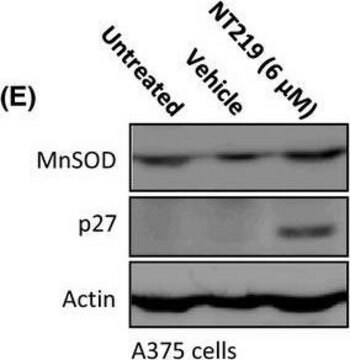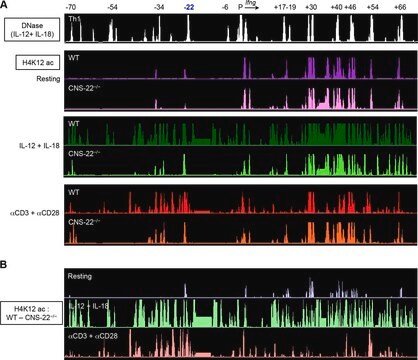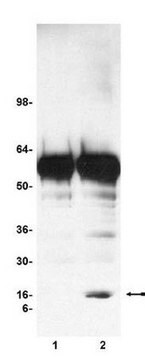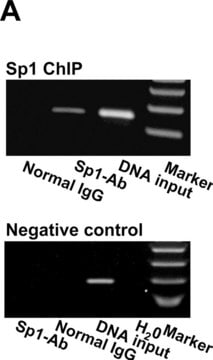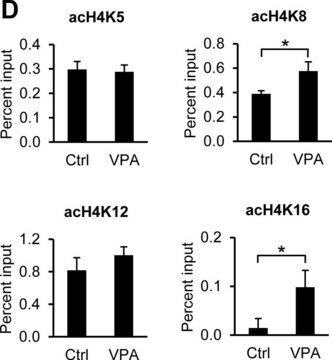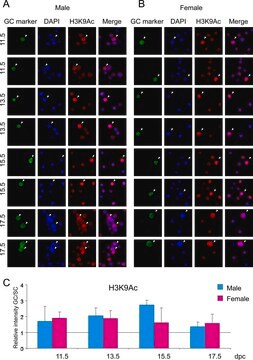推荐产品
特異性
Trophinin (MAGE-D3)
免疫原
KLH-conjugated, synthetic peptide corresponding to amino acids 1319-1327 (SIVGFSGGP-C) of human Trophinin (MAGE-D3)
應用
Anti-Trophinin Antibody, clone 3-11 detects level of Trophinin & has been published & validated for use in IP, WB, IH.
Research Category
Cell Structure
Cell Structure
Research Sub Category
Adhesion (CAMs)
Adhesion (CAMs)
品質
Routinely evaluated by immunoblot in RIPA lysates from HT-H cells
標靶描述
69 kDa
外觀
Cell culture supernatant
儲存和穩定性
2 years at -20°C from date of shipment
法律資訊
UPSTATE is a registered trademark of Merck KGaA, Darmstadt, Germany
免責聲明
Unless otherwise stated in our catalog or other company documentation accompanying the product(s), our products are intended for research use only and are not to be used for any other purpose, which includes but is not limited to, unauthorized commercial uses, in vitro diagnostic uses, ex vivo or in vivo therapeutic uses or any type of consumption or application to humans or animals.
未找到合适的产品?
试试我们的产品选型工具.
儲存類別代碼
10 - Combustible liquids
水污染物質分類(WGK)
WGK 1
The MAGE proteins: emerging roles in cell cycle progression, apoptosis, and neurogenetic disease.
Barker, Philip A and Salehi, Amir
Journal of Neuroscience Research, 67, 705-712 (2002)
Cancer/testis antigens: structural and immunobiological properties.
Kirkin, Alexei F, et al.
Cancer Investigation, 20, 222-236 (2002)
R Aoki et al.
Seminars in reproductive medicine, 18(3), 265-271 (2001-04-13)
Elucidation of the implantation mechanism in humans at the molecular level has been difficult because of methodological restrictions. Instead of using human materials during the implantation period, two human tumor cell lines that respectively mimic the biological behaviors of a
我们的科学家团队拥有各种研究领域经验,包括生命科学、材料科学、化学合成、色谱、分析及许多其他领域.
联系技术服务部门